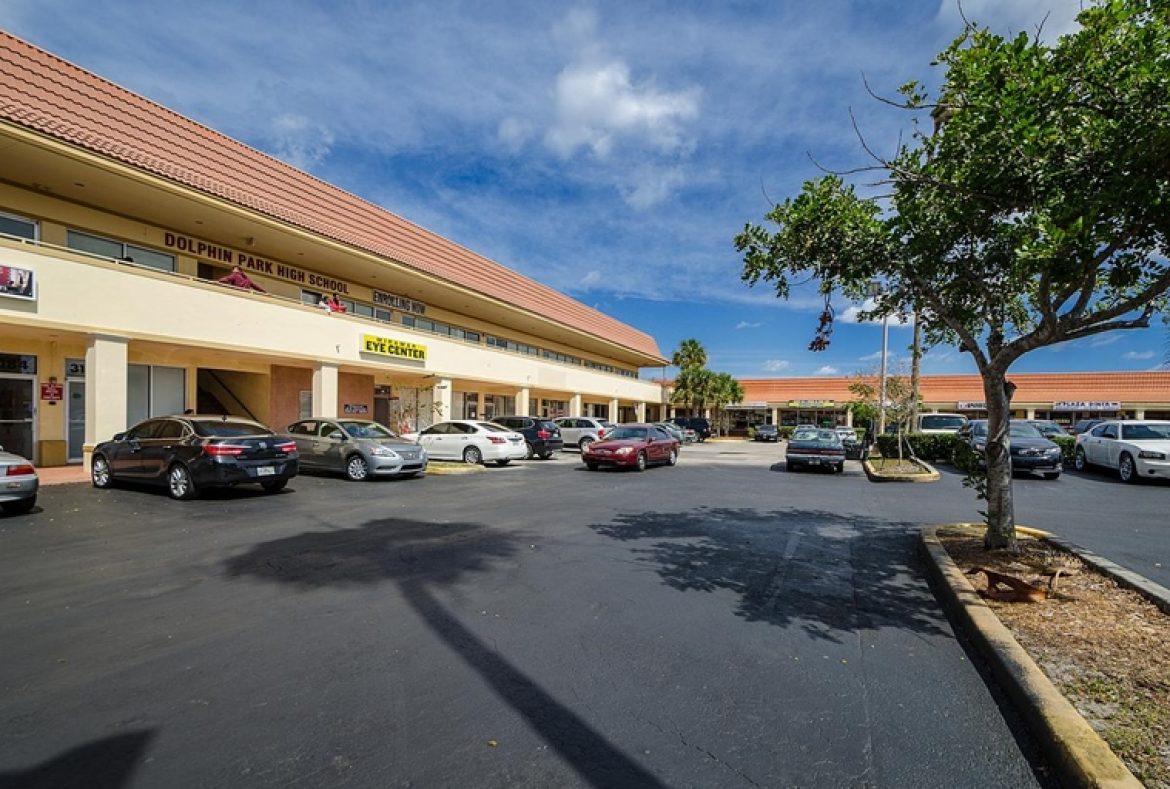
A developer has proposed an 8-story self-storage facility in the Allapattah neighborhood of Miami.
The city’s Urban Development Review Board on Wednesday will consider plans for the 16,706-square-foot site at 760 N.W. 21st St. Mlab International LLC, managed by Ricardo Ordonez and Luis Farjardo in Miami, purchased the property for $875,000 in 2020. It previously had an automotive business.
Farardo said he is the developer and will handle construction, while Ordonez is his partner. He said Public Storage will manage the facility.
The building would total 103,819 square feet, with 2,138 square feet of ground-floor retail and the rest of the space for self-storage. There would be 12 parking spaces.
Blitstein Design Architects in Coral Gables designed the project. Marin Mitrasinovic of Canada was hired to create a mural on two sides of the building.
The occupancy of self-storage facilities in the area is 98% and rental rates continue increasing, Farardo said.
“As more and more multifamily projects are delivered in Wynwood and Allapattah, demand grows,” he said. “Additionally, many residential units delivered are smaller in size, including several micro units.”
Many experts say Florida is among the top markets in the nation for self-storage.
According to RentCafe, there was 4 million square feet of self-storage space set to come online in South Florida in 2022, a 30% increase over deliveries in 2021. That compares to 40 million square feet of existing self-storage space. Rents have surged 17% over the past 12 months with an average cost of $168 for a 10-by-10-foot unit.
South Florida has the fifth-most self-storage construction in the nation.
Source: SFBJ
